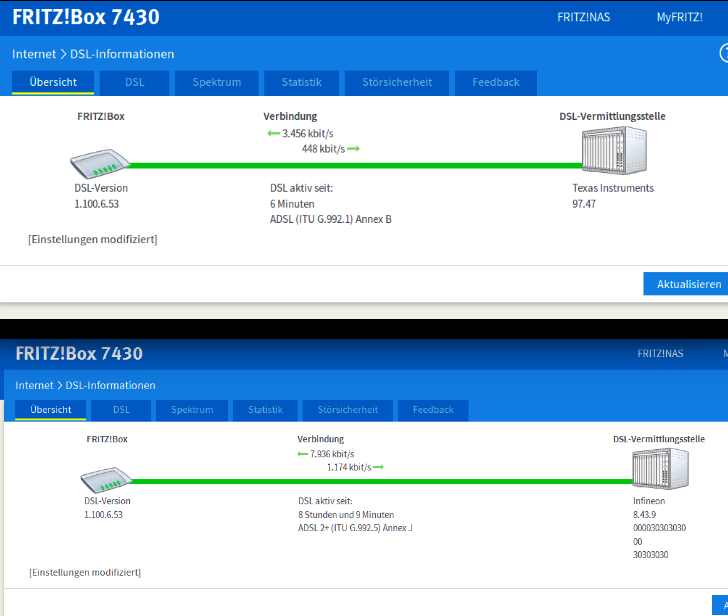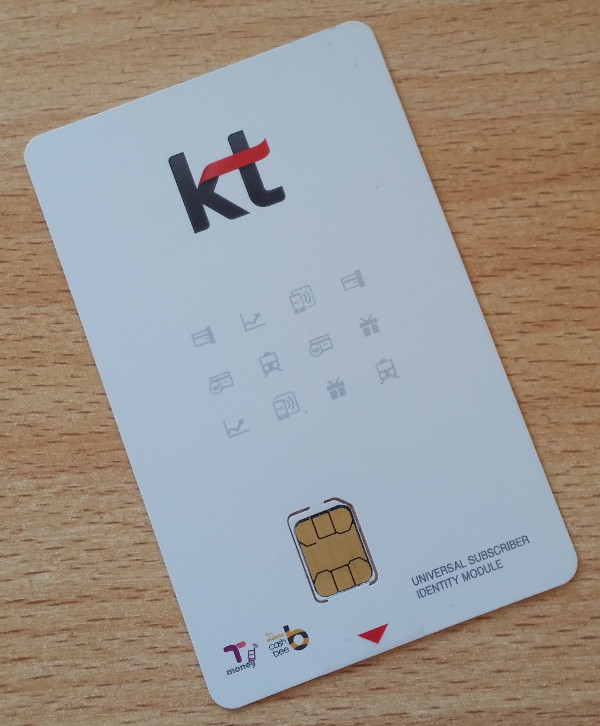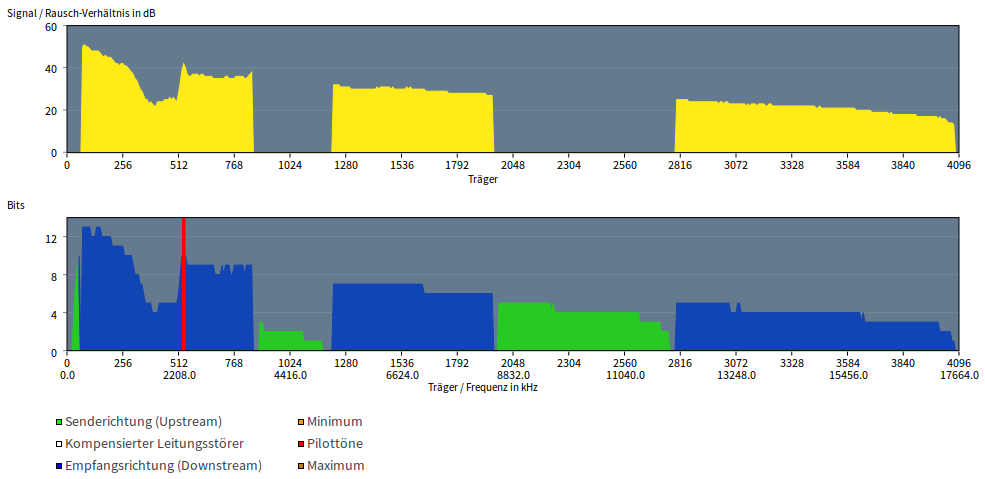A friend of mine lives in the countryside at the very fringe of DSL coverage. While a decade ago a 3 Mbit/s DSL line with a 450 kbit/s uplink could still be considered sufficient, things have changed quite a bit these days. Several computers and smartphones are now connected to his network which makes using voice over IP applications such as Skype difficult as especially the uplink is immediately affected when someone else uploads data. Don’t even think about video telephony with a reasonable video quality. Running Skype and desktop sharing simultaneously is also next to impossible, downloading software updates takes ages and streaming HD video has become impossible in many cases.
 Recently, however, my friend’s DSL line with bundled analog telephony was migrated to all-IP, i.e. voice telephony now also runs over IP. The only benefit I could see when this was announced was that voice quality would be upgraded to Wideband-AMR so I made sure he had a compatible phone by the time of the switch. In addition, I noticed that at the same time, the telephone company switched the line from ADSL to ADSL2+ which brought a huge improvement to up- and downlink speeds. I’m glad I took a number of screenshots of the DSL connection information before and after the switch as they reveal some very interesting details.
Recently, however, my friend’s DSL line with bundled analog telephony was migrated to all-IP, i.e. voice telephony now also runs over IP. The only benefit I could see when this was announced was that voice quality would be upgraded to Wideband-AMR so I made sure he had a compatible phone by the time of the switch. In addition, I noticed that at the same time, the telephone company switched the line from ADSL to ADSL2+ which brought a huge improvement to up- and downlink speeds. I’m glad I took a number of screenshots of the DSL connection information before and after the switch as they reveal some very interesting details.
Continue reading ASDL2+ More Than Doubles Speed At The Digital Fringe


